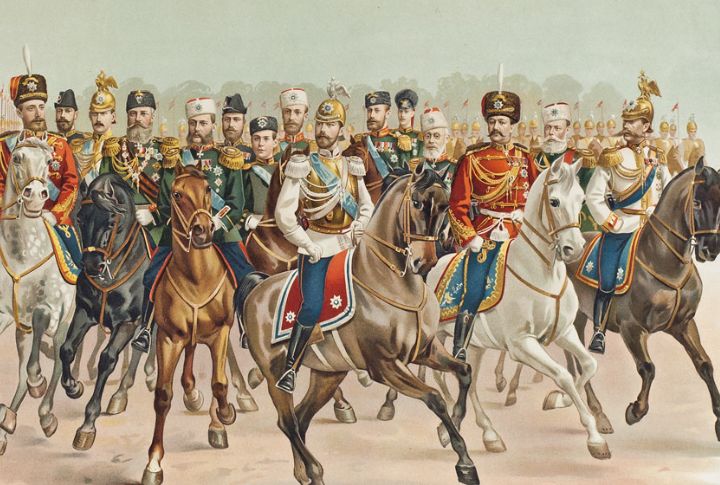
Russia’s last imperial family ruled a vast empire while harboring secrets that would ultimately lead to the end of their reign. In golden halls and remote chambers, betrayal and hidden illness chipped away at their power while dangerous alliances stirred unrest. More than a century later, the Romanovs remain a symbol of fragile dynasties. Here’s how their legacy fell apart.
The Romanovs: Rise Of A Dynasty
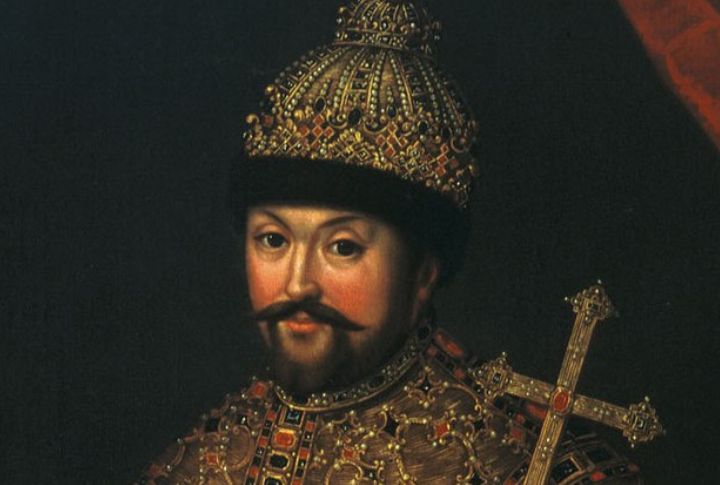
In 1613, Mikhail Romanov ascended to Russia’s throne and began a family line that would hold power for more than 300 years. Their reach spread deep into Europe and Asia through relentless expansion. Behind palace walls, autocratic rule decided every fate. This iron grip shaped an empire that later rulers struggled to protect.
Nicholas II: The Last Tsar
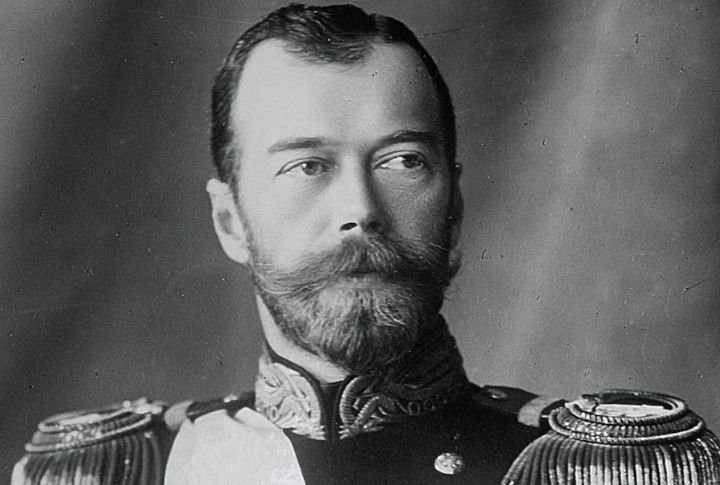
Mikhail’s reign held firm for centuries, but Nicholas II struggled to keep it steady when he took the crown in 1894 after Alexander III’s rule ended. Many saw him as too uncertain to face Russia’s unrest. Crushing defeats in conflicts like Japan and WWI shattered trust in his rule, and by March 1917, he surrendered the crown.
A Royal Love Story: Nicholas And Alexandra
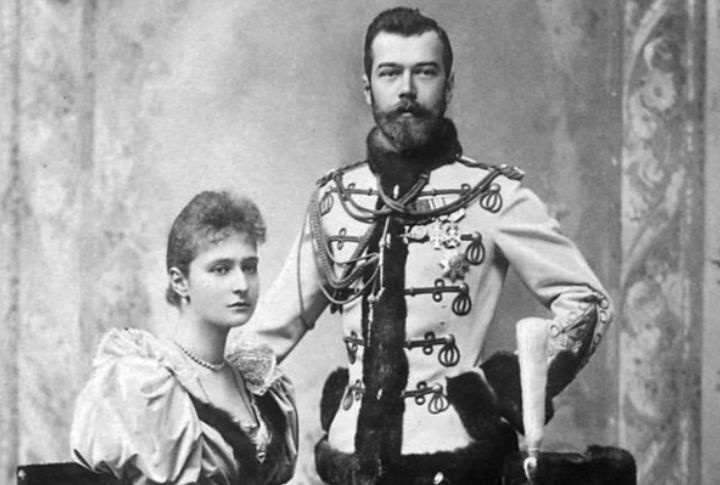
Long before Nicholas gave up his crown, his marriage shaped how people saw him. In 1894, he married Princess Alix of Hesse, the granddaughter of Queen Victoria. She became Alexandra Feodorovna, a German royal whose distant ways never won hearts in Russia. Their rare love match clashed with politics they couldn’t fully control.
The Heir And The Curse: Alexei’s Hemophilia
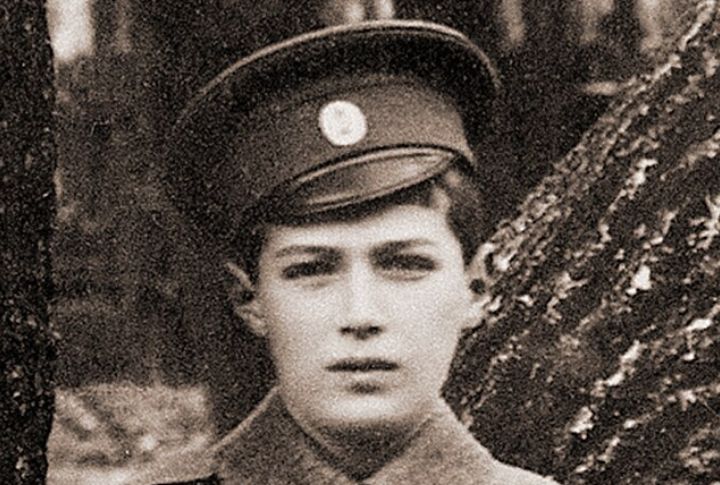
When Alexei was born in 1904, the imperial celebration soon turned to quiet dread. He inherited hemophilia through his mother’s lineage—a condition that left even minor injuries life-threatening. The illness was kept secret, shaping Alexandra’s every decision. As fear grew, she turned to a wandering healer named Rasputin for hope.
Rasputin: The Mystic Who Shook The Monarchy
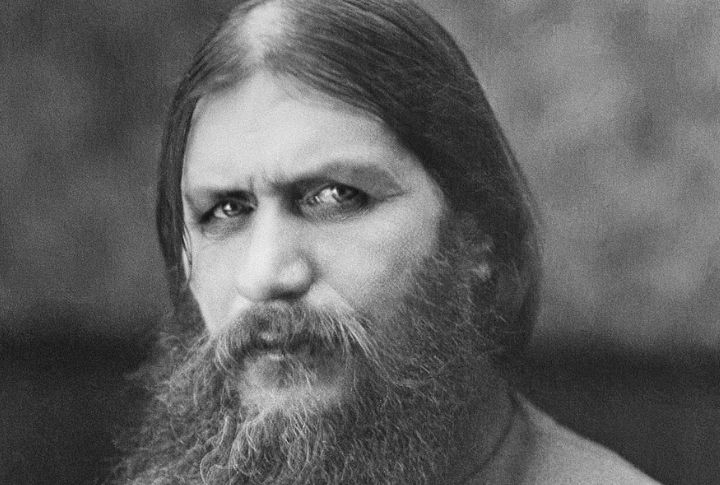
Through Alexandra’s trust, Grigori Rasputin gained rare access to the royal halls that few outsiders ever saw. The Siberian wanderer promised relief for Alexei’s suffering and secured her fierce loyalty. Soon, rumors inside the palace turned ugly, painting him as a danger to Russia’s future. In 1916, nobles eliminated him to break his hold for good.
Revolution Erupts: The Fall Of Imperial Russia

Rasputin’s downfall did little to calm a restless nation already cracking under hardship. By 1917, crowds poured into the streets as the February Revolution forced Nicholas II aside. Losses in WWI and a failing economy pushed anger even higher. The Romanovs remained under guard until the Bolsheviks’ October takeover sealed their fate.
Captivity In Siberia: Life Behind Locked Doors
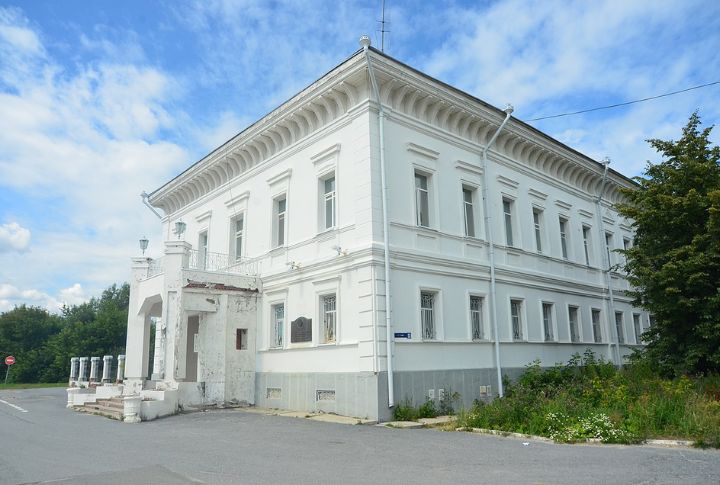
Once the Bolsheviks took control, the Romanovs were sent far from their old world to Tobolsk in August 1917. Housed in the Governor’s Mansion, guards watched every step as they slipped further from power. By April 1918, they were relocated again to Yekaterinburg and confined within the grim Ipatiev House, now known as the “House of Special Purpose.”
The Execution: A Night Of Horror
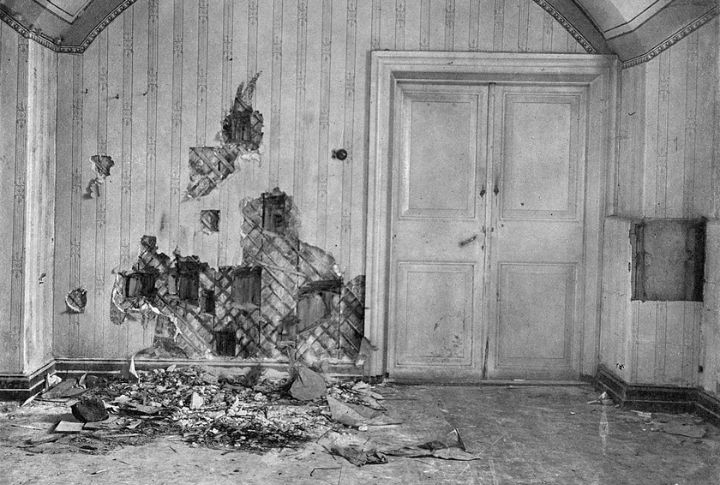
Inside the Ipatiev House, the family’s final hours played out far from any royal promise. On July 17, 1918, guards stormed their basement room and opened fire. Hidden jewels sewn into dresses blocked shots and made the ordeal worse. When the chaos ended, their remains were taken to a forest.
Secrets And Discovery: Unearthing The Truth
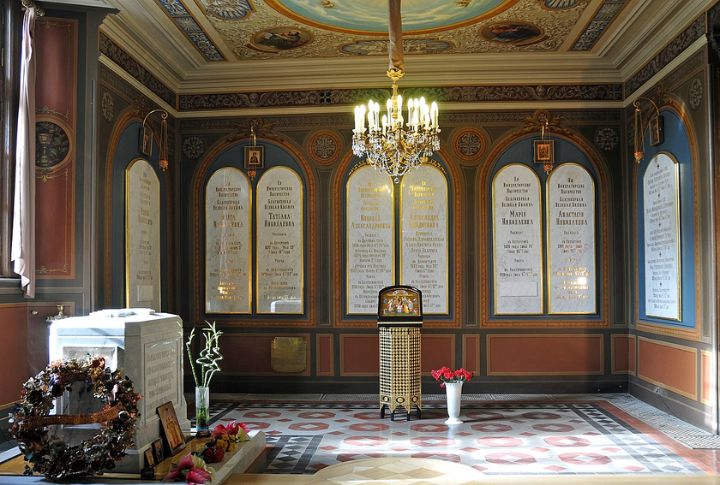
The Soviets long insisted that only Nicholas was lost that night and hid what happened. Yet, in 1979, amateurs searching the Koptyaki forest discovered remains that had been buried for decades. DNA tests in 1991 confirmed they belonged to the Romanovs. In 1998, five of the family members were finally laid to rest in St. Petersburg’s Peter and Paul Cathedral, ending decades of speculation.
Legacy And Canonization: From Tragedy To Martyrdom
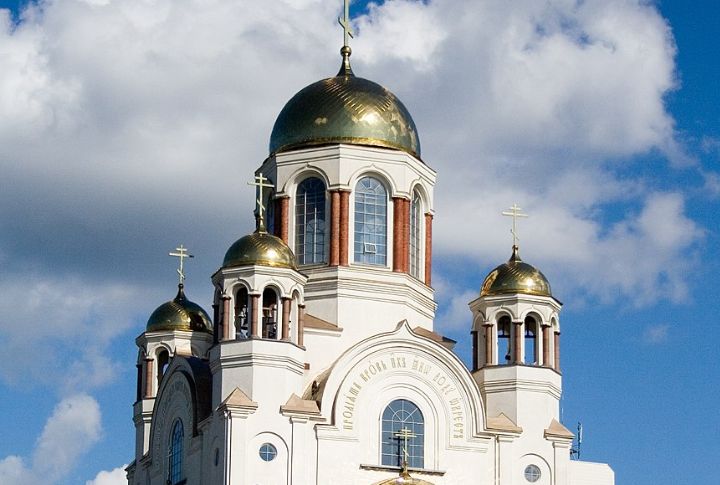
The Romanovs’ story never faded with time. In 2000, the Russian Orthodox Church named them martyrs and turned a brutal end into a sacred memory. Today, countless books and exhibitions draw visitors back to their world, keeping their story alive. Generations later, they remain etched in Russia’s past while people still wonder what they truly left behind.

